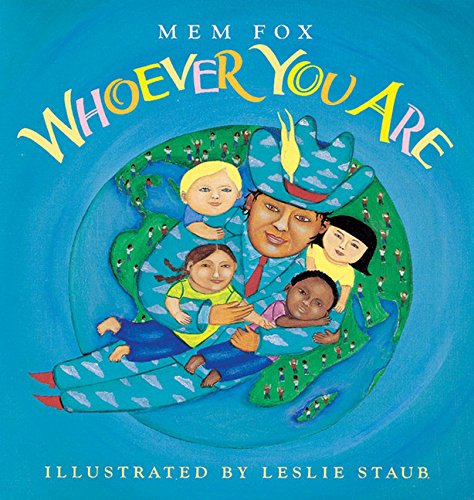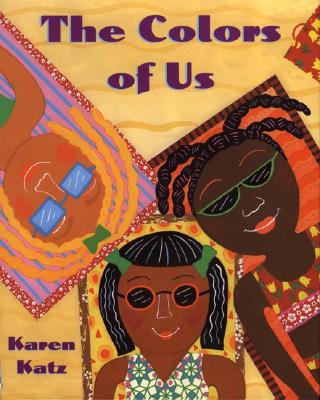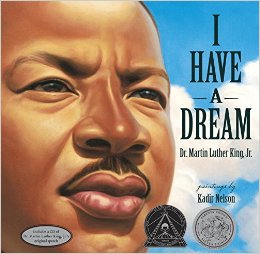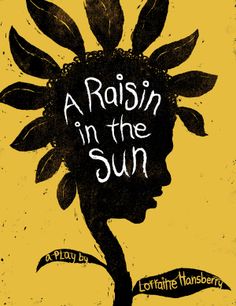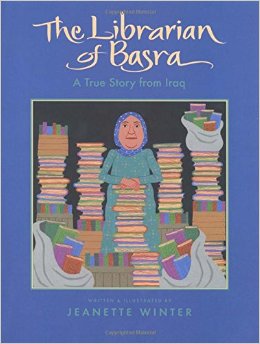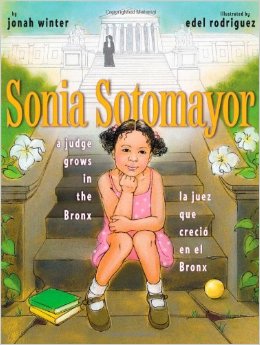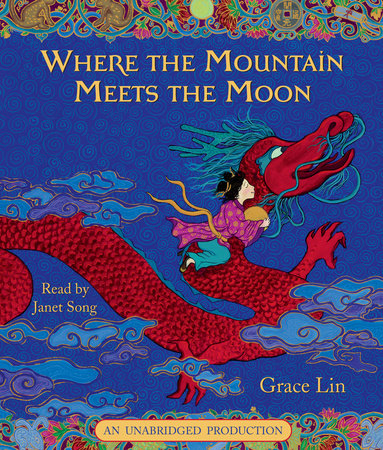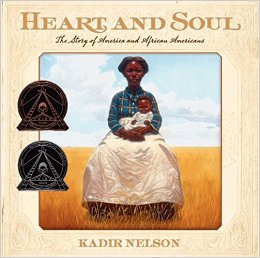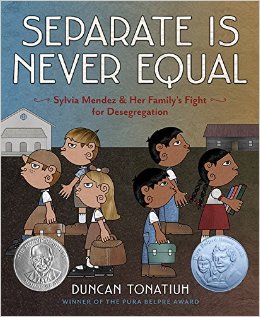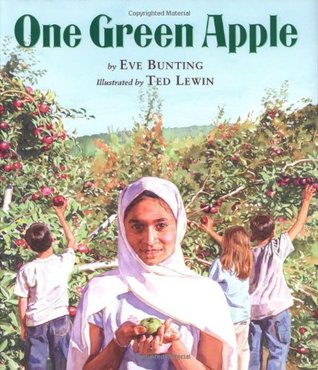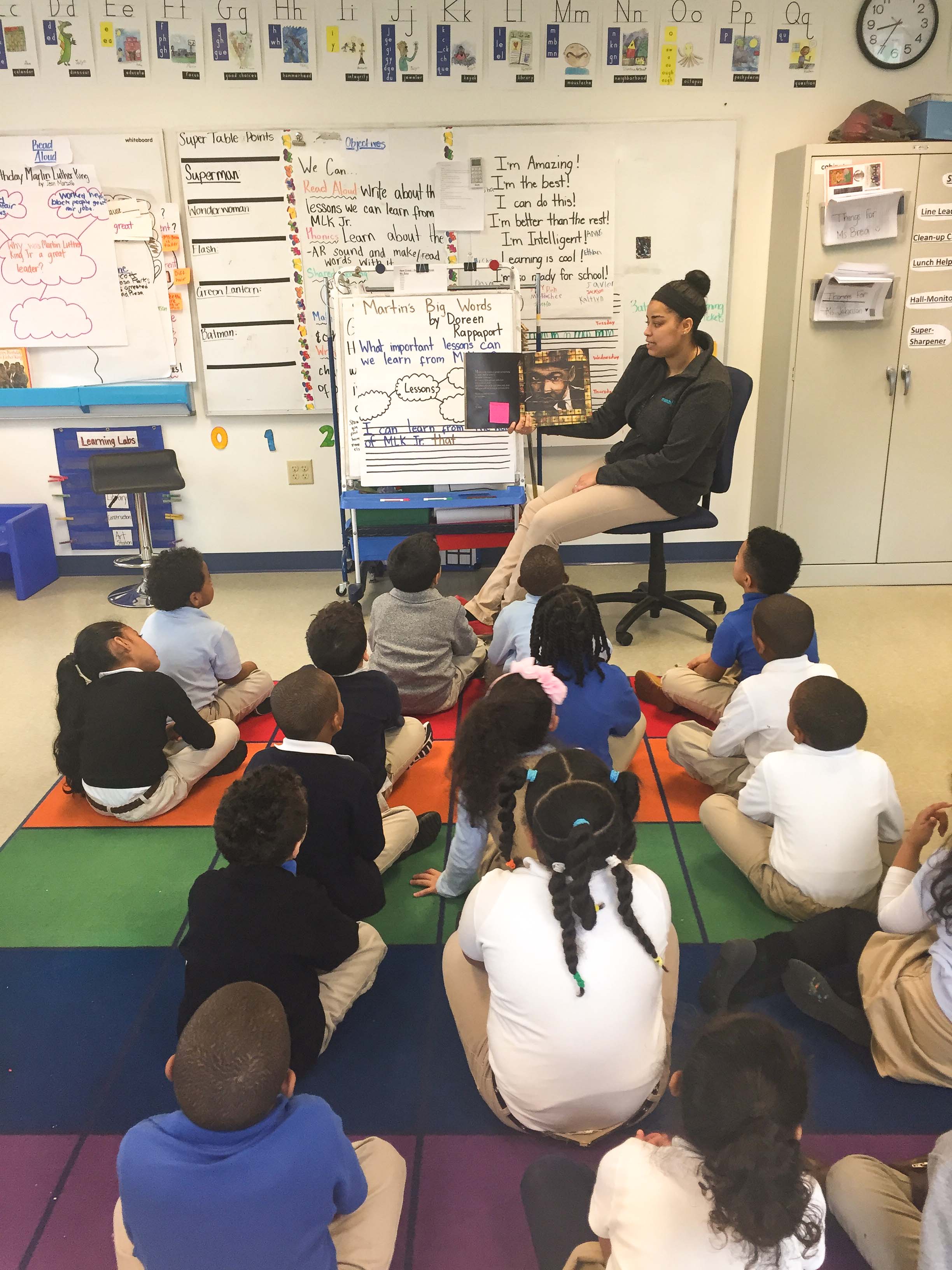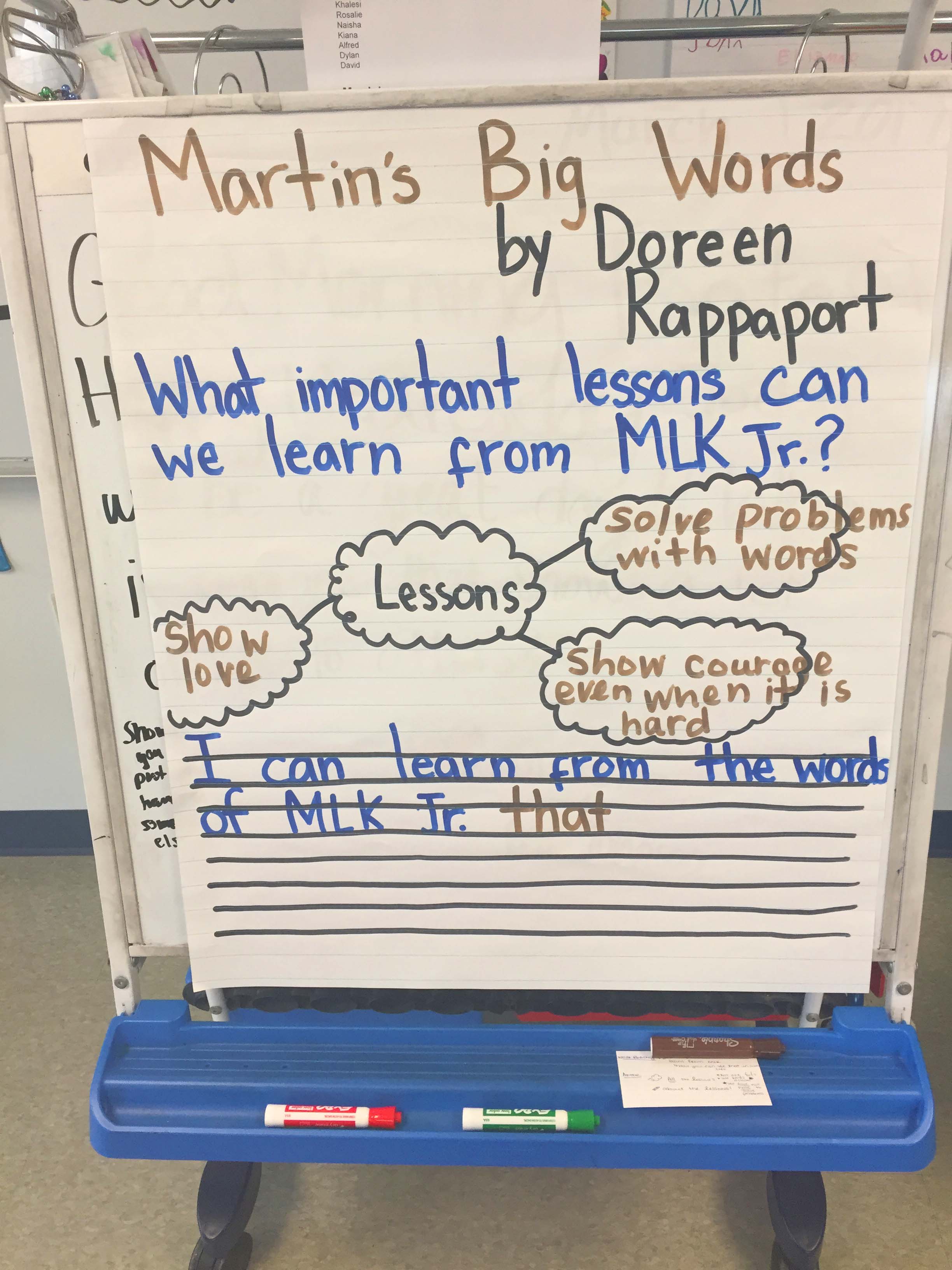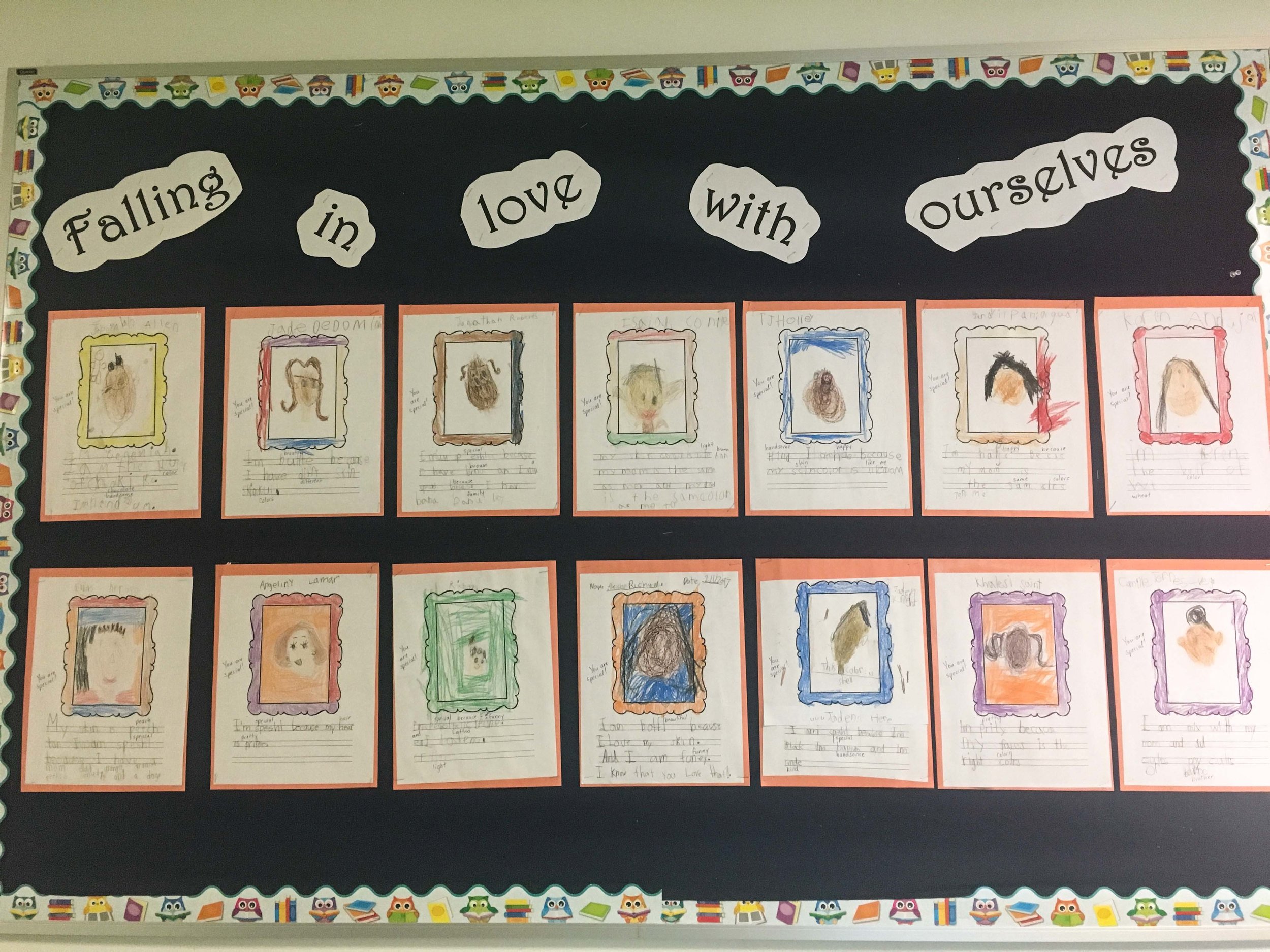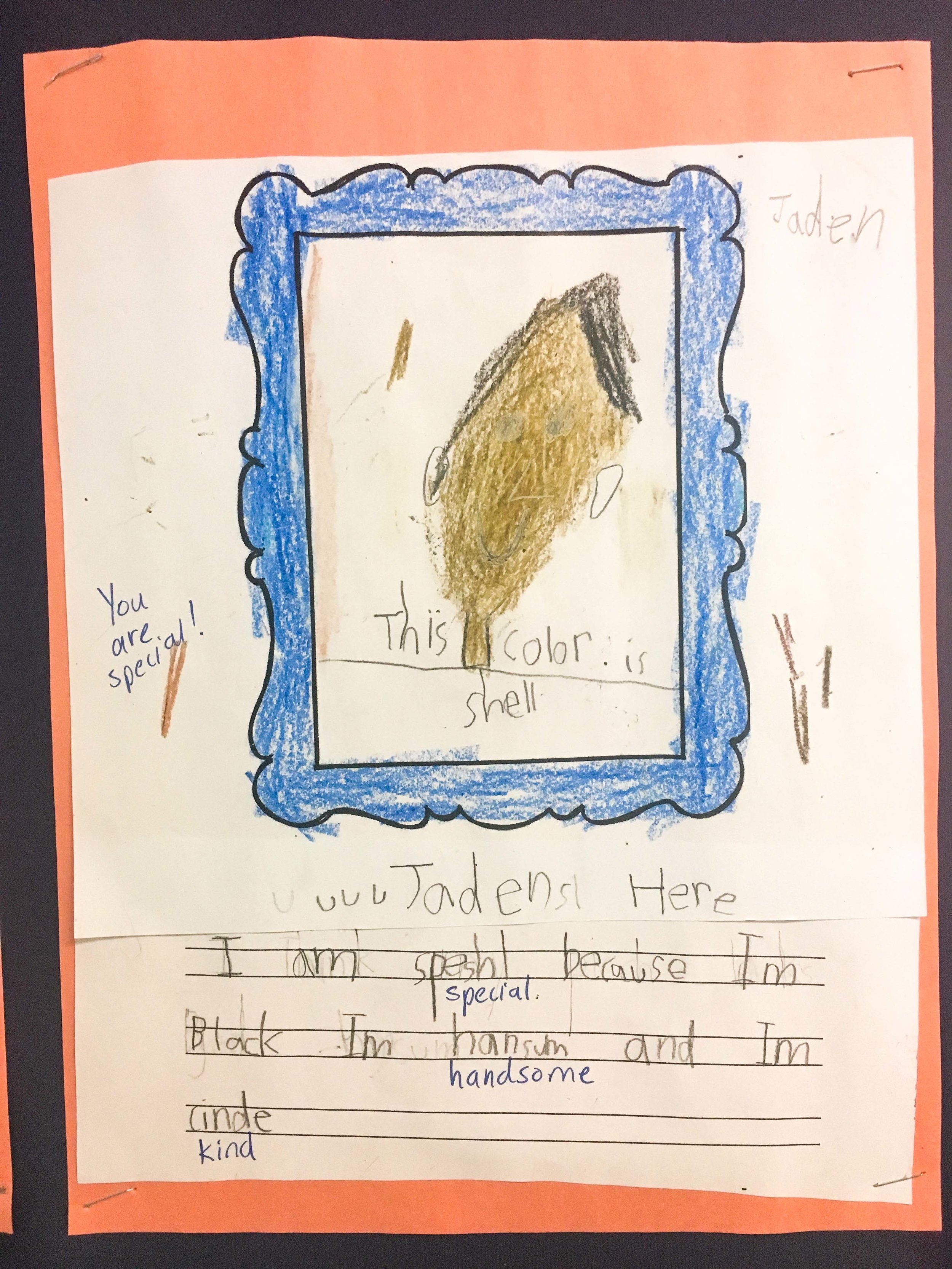Like most public schools in Boston, the student population at Match is composed primarily of students of color: 93 percent identify as African American or Latino, and 56 percent learned a first language other than English.
Though our efforts to recruit and retain staff and leaders who reflect the diversity of our student body is still a work in progress (and one we think about every day), we have updated our curriculum -- and particularly our English Language Arts curriculum -- to invite greater diversity in our classrooms.
Now, more than ever, our units intentionally showcase protagonists and historical figures from an array of non-white, non-mainstream backgrounds (meaning: two-parent, middle-income heterosexual households).
We know from research -- and from our own experience with students -- that when a kid sees him or herself in a novel, on screen, or in a newspaper story, it can influence the complicated process of identity formation and self actualization. If we want our kids to be scientists and legislators, doctors and explorers, it’s on us to show them examples of people from all walks of life who have achieved their dreams. It’s also on us to ensure that our teachers and staff are fluent in array of cultures and comfortable leading these conversations.
With this curriculum, we are saying to our students: “We see you. You matter. You are important.”
There isn’t a month at Match where a student isn’t reading widely, but February -- the month we all celebrate Black History -- lends itself especially well to a short piece like this. A few specific examples: just this past month, our kindergartners completed a unit on segregation, Martin Luther King Jr., and Rosa Parks; our sixth graders read "A Raisin in the Sun" by Lorraine Hansberry and explored the Harlem Renaissance through poetry; and our ninth graders read Chimamanda Adichie's "Purple Hibiscus,” the story of two Nigerian teenagers who question the societal ideals of their upbringing alongside an evolving culture.
Our mission, as an institution, is to prepare our students for college and beyond. But we also want to give our kids the space and tools to engage in discussions about race and class, and to learn how to advocate for themselves. Whether it’s simply starting to think about the ways in which people are similar and different, including skin color, and how those differences should not define who we are or how we are treated (as we teach our youngest students), to a more more complex interrogation of identity and the rule of law, our curriculum aims to empower students to stand up for themselves and for what’s right.
Match kindergartners recently read “Martin’s Big Words” by Doreen Rappaport. Our teacher, Ms. Kat Brea, read the book to students, then lead them through a series of questions designed to get kids to pull out the most important lessons from Martin Luther King, Jr. (They did a similar exercise after reading about Rosa Parks.)
What’d our five and six year olds come up with?
Lesson 1: Show courage even when it hard.
Lesson 2: Solve problems with words, not fists.
Lesson 3: Always show love.
We think that’s pretty good analysis.
Visit Match Fishtank to access our ELA curriculum, where we’ve made all of our unit, lesson plans and assessments available.

